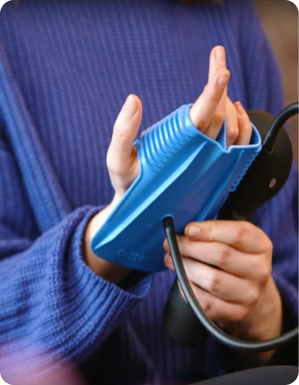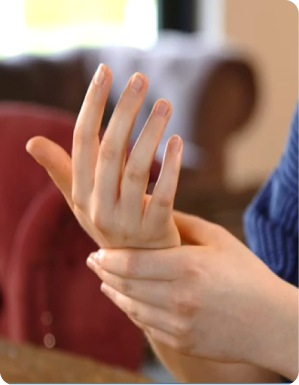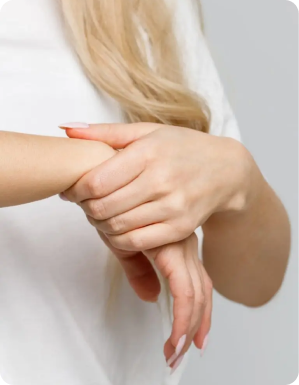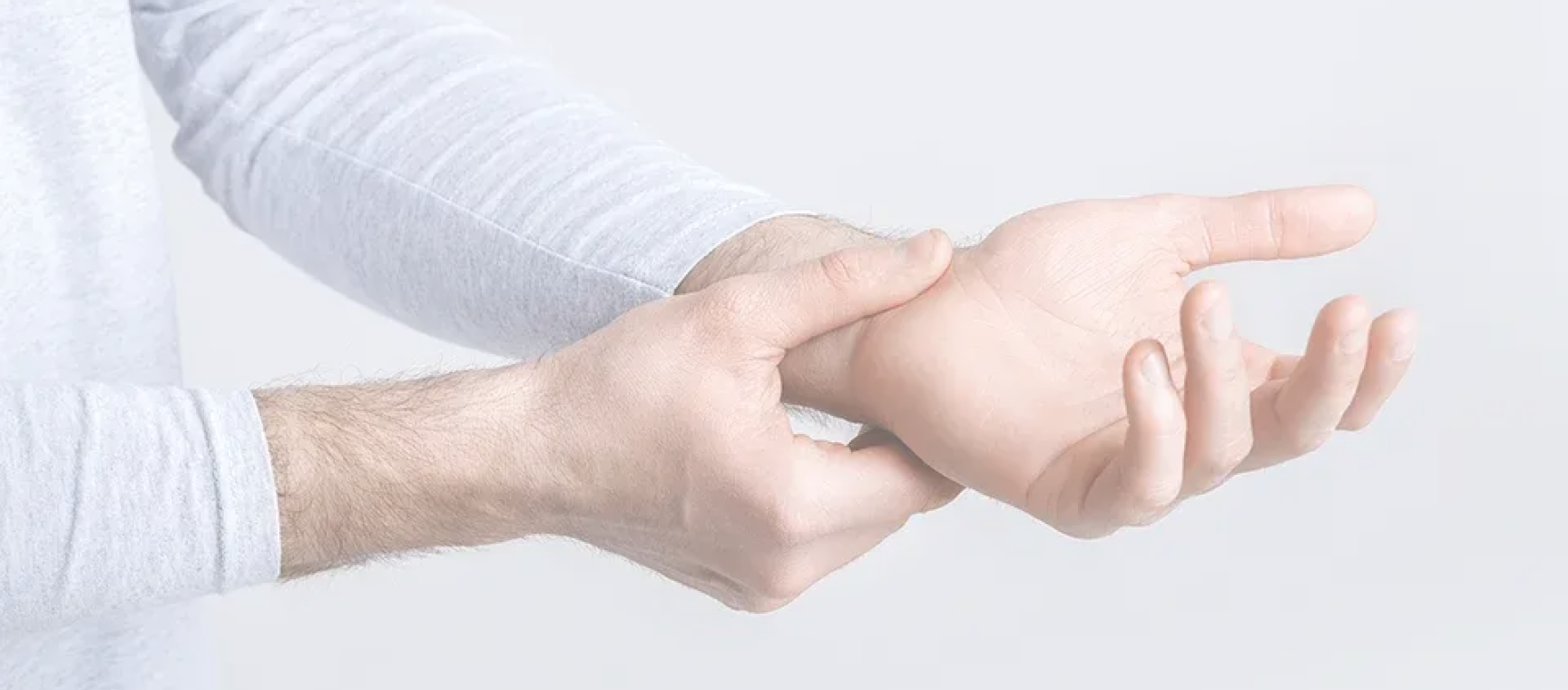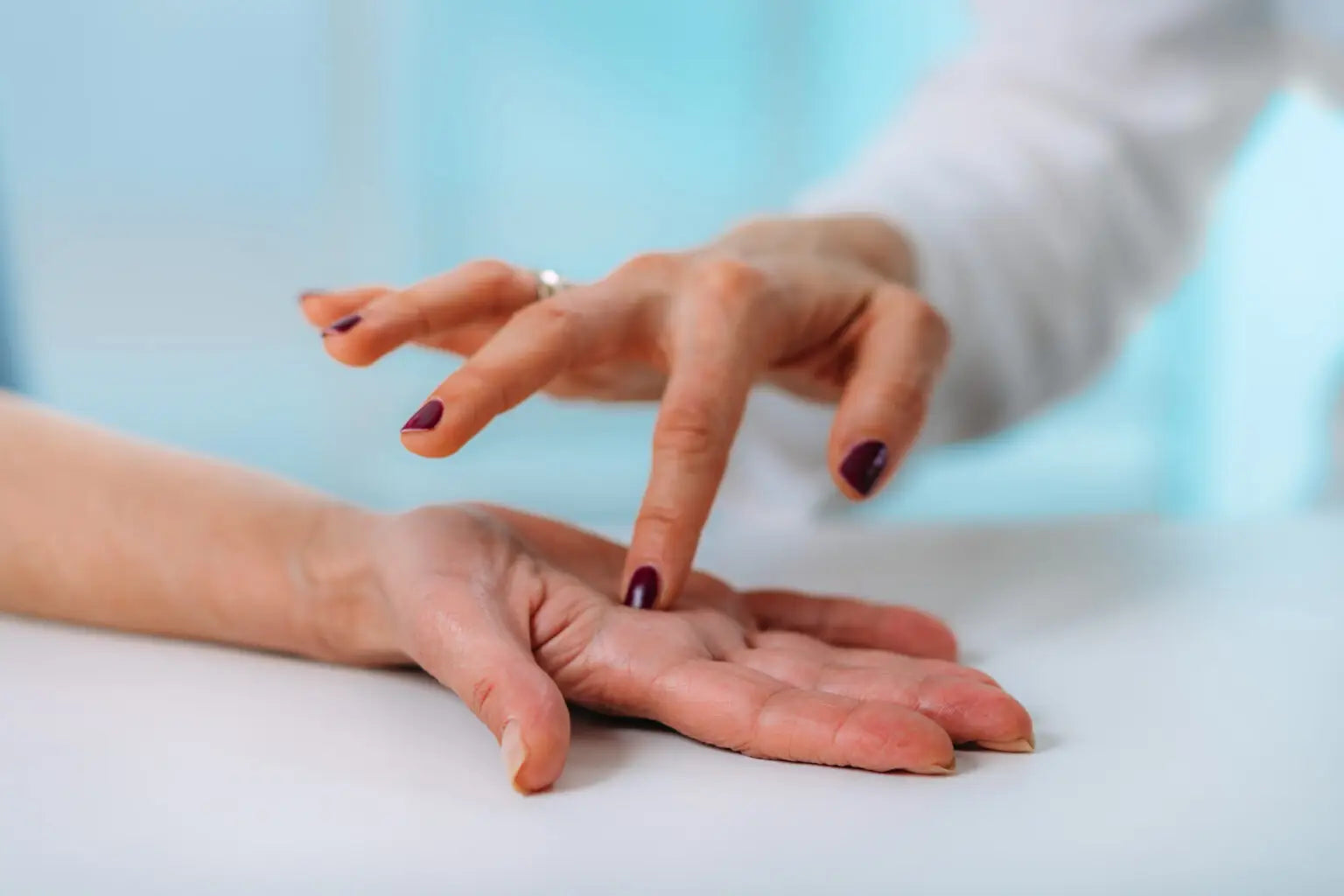
Tingling, numbness and pain: the Hoffmann-Tinel sign at diagnosis
The Hoffmann-Tinel sign in a short video: How to test for carpal tunnel syndrome. The Hoffmann-Tinel sign is an important test in the diagnosis of carpal tunnel syndrome. It can help you identif...
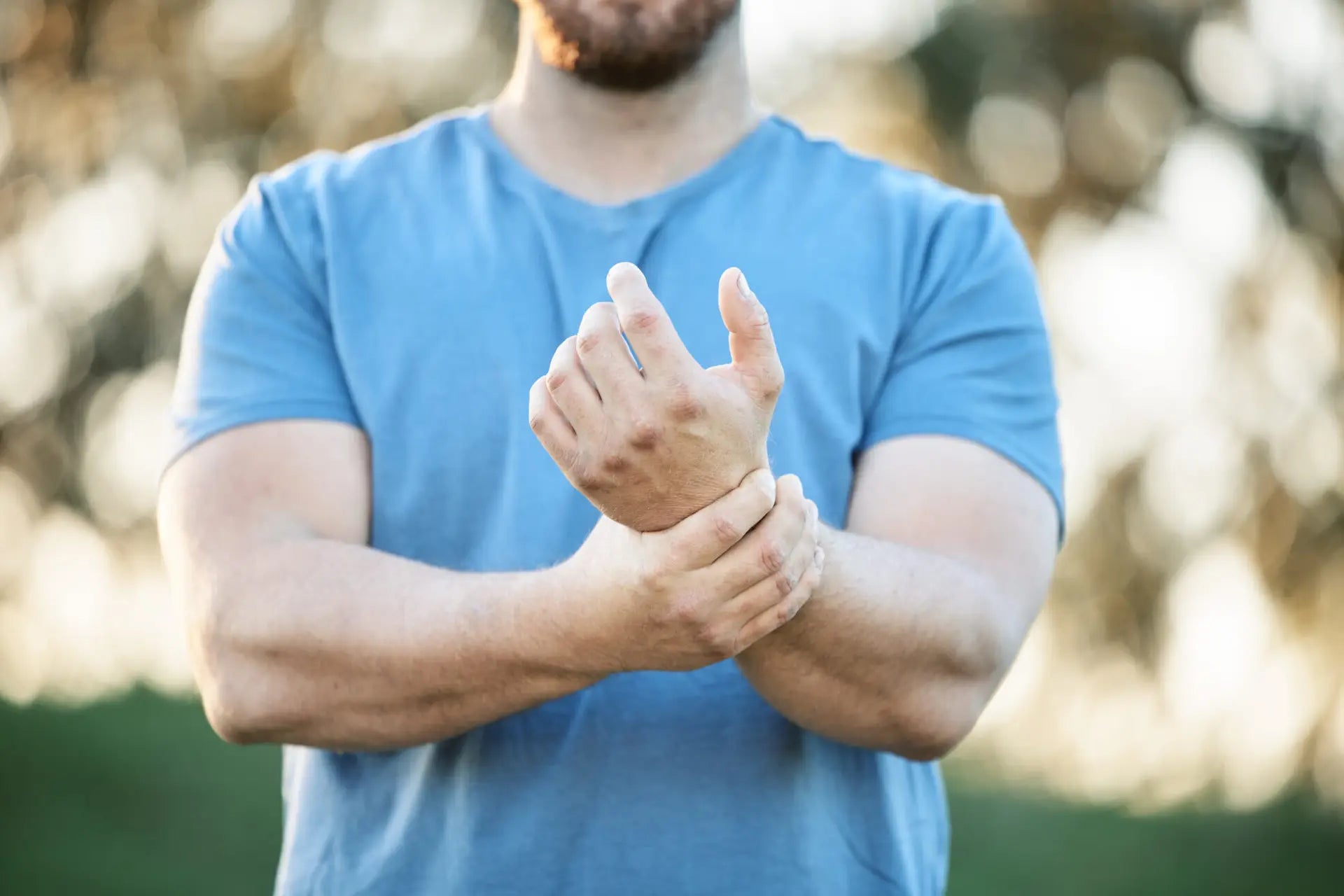
Tingling and numbness? The Tourniquet test helps
Tingling and numbness in the hands can indicate carpal tunnel syndrome. You can make an initial assessment yourself with the Tourniquet test. The test is easy to perform and can provide initial in...
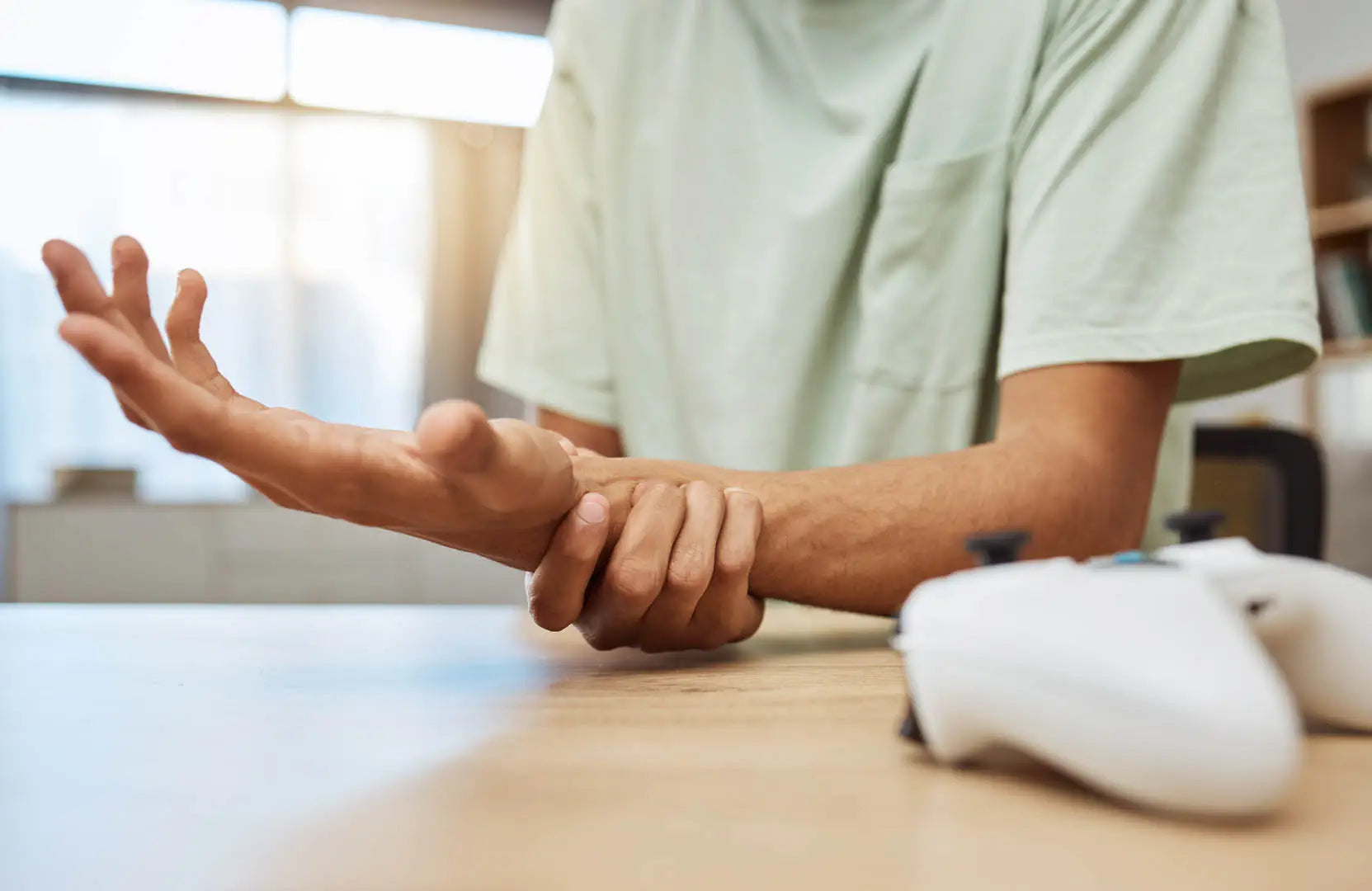
Carpal tunnel syndrome? The carpal compression test will tell you!
Carpal tunnel syndrome is a condition caused by compression of the median nerve in the wrist. Typical symptoms are pain, numbness and tingling in the fingers. The carpal compression test can provid...
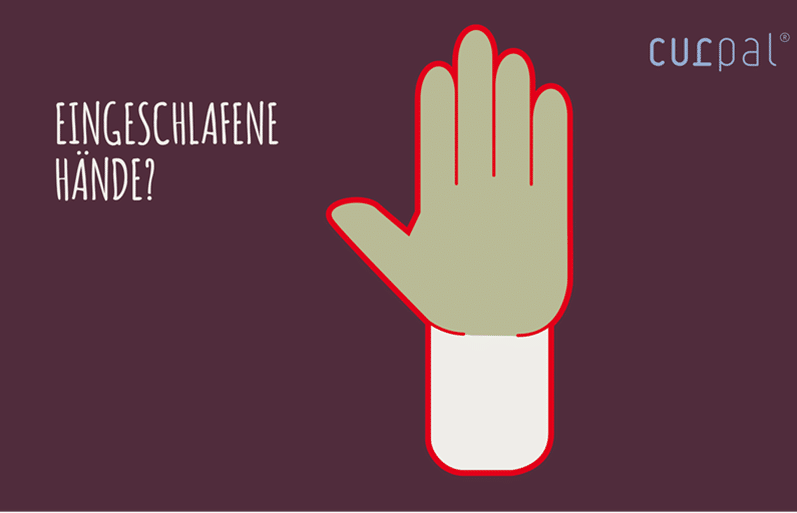
Carpal tunnel syndrome treatment: Is it possible without surgery?
Almost one in ten Germans between the ages of 40 and 70 suffers from carpal tunnel syndrome, and women are around five times more likely to be affected than men. Who wouldn't want carpal tunnel syn...
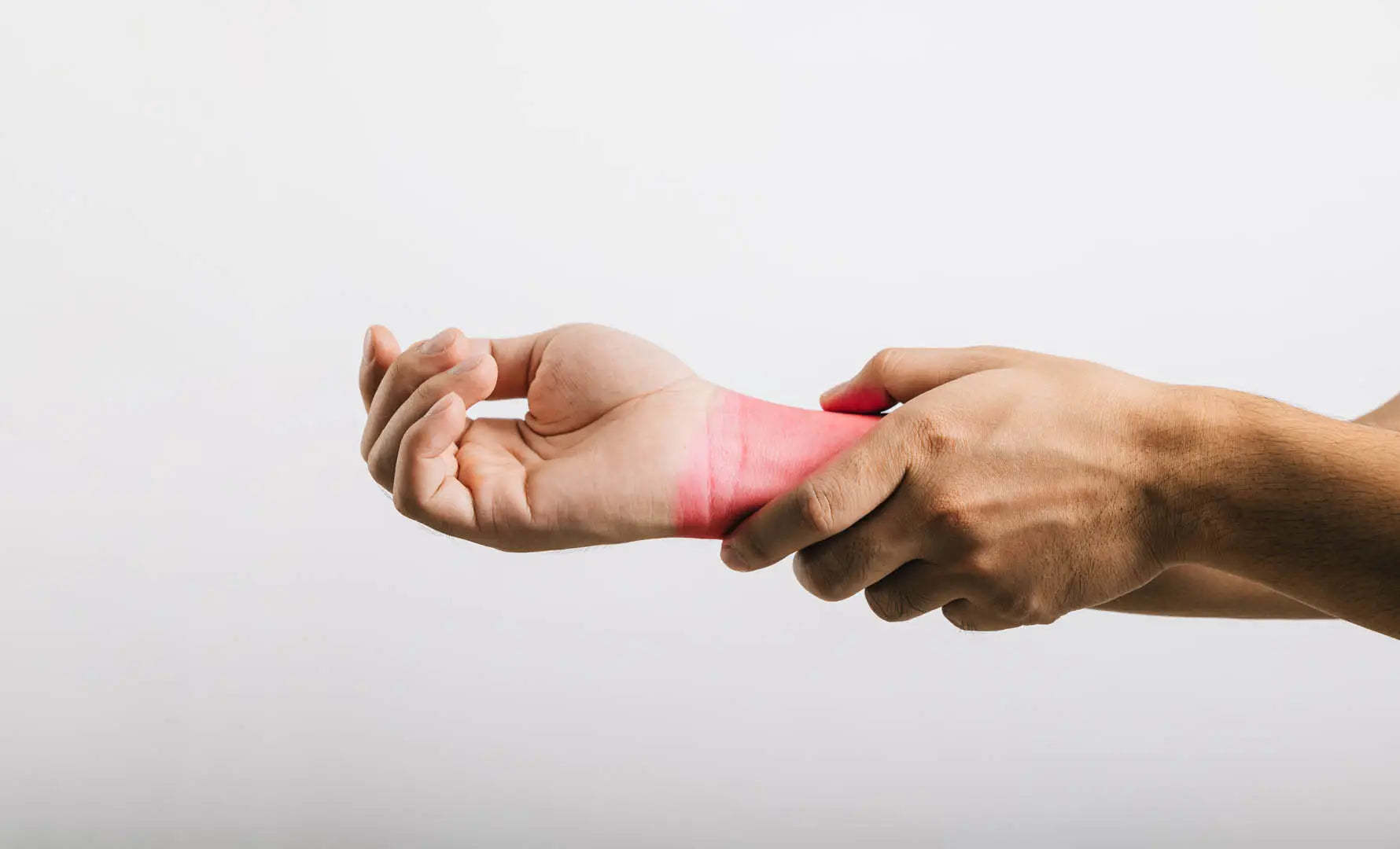
Carpal tunnel syndrome causes: 5 main causes
The collective term carpal tunnel syndrome causes is used by doctors to describe a range of symptoms caused by pressure on the median nerve in the carpal tunnel area of the hand. The symptoms can r...
FAQ
Frequently Asked Questions
Are there any studies that have investigated the effectiveness of curpal®?
curpal® is one of the so-called manual therapies. A prospective randomized study has come to the conclusion that manual therapy, which includes the use of curpal®, is just as effective as surgery. The study compared the effects of a surgical procedure with weekly manual therapies. In the study, 50 of the 100 participants underwent surgical treatment. All had pain and sensory disturbances in the area supplied by the median nerve for at least 6 months. According to the study, the patients who received manual treatment even reported less pain after 3 months than those who had undergone surgery. The results of this study are consistent with the feedback from our patients. Click on this link if you would like to see the study, which was published in the Dt. Ärzteblatt.
Does treatment with curpal® have side effects?
Treatment with curpal® has no side effects. If necessary, you can use curpal® in consultation with your doctor. This is especially true for people with osteoporosis.
Does the health insurance company cover the costs for curpal®
Although curpal® has medical approval, it is not yet listed as an aid in the catalog of reimbursable products. This is why the purchase costs of the device are not routinely covered by health insurance. However, we recommend that you always ask your own health insurance provider.
How should you use curpal®?
curpal® should initially be used daily for 6 to 8 weeks, approximately 3 x 3 x 3: you take curpal® three times a day and pump up the device three times with each use, allowing the stretch to take effect for three minutes each time. The symptoms often subside significantly within the first 3-6 weeks, so that treatment can then be reduced. After around 8 weeks, treatment with curpal® is required either preventively or only when pain symptoms return. The effort required to use curpal® is minimal, 3 x 3 minutes per application is sufficient.

